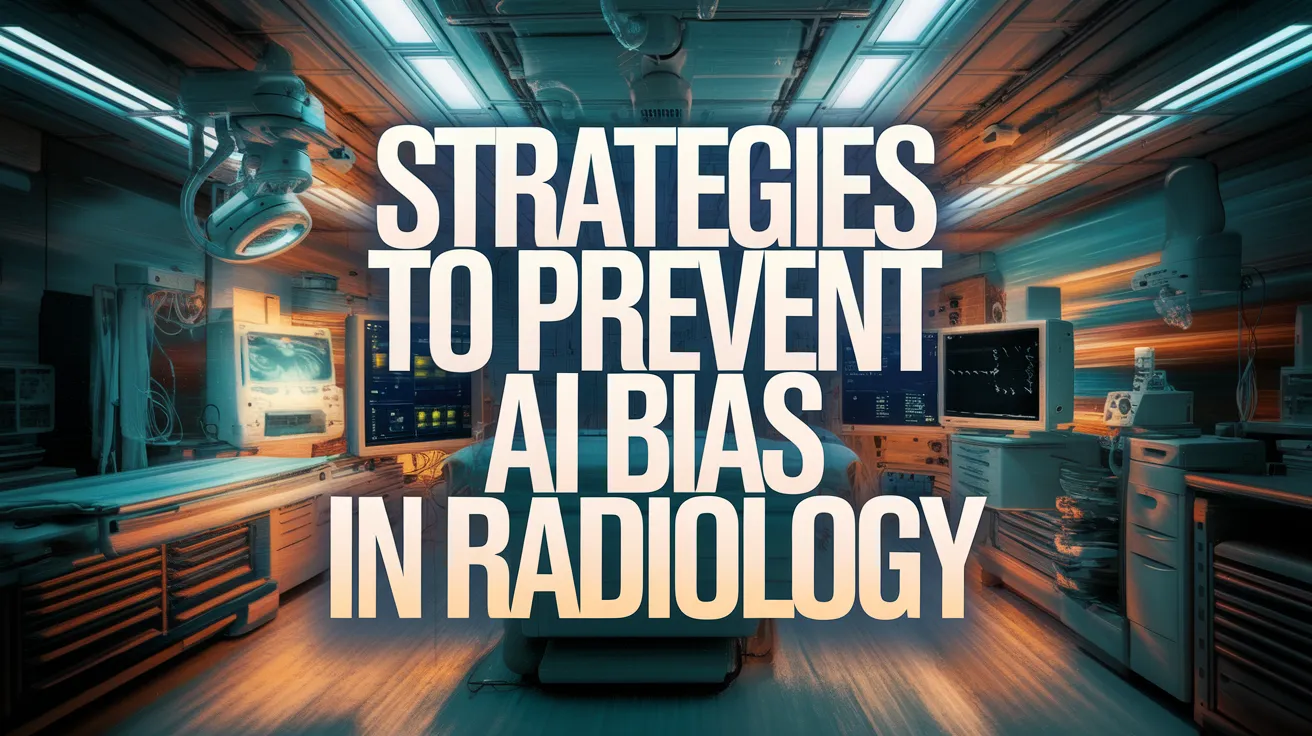Strategies to Prevent AI Bias in Radiology

In a landscape where artificial intelligence (AI) has the potential to revolutionize healthcare, it is critical to address and mitigate biases that may inadvertently disadvantage certain groups. A recent article published in Radiology highlights the collaborative efforts of radiologists, computer scientists, and informaticists to identify pitfalls and establish best practices for preventing AI bias in radiological models.
Lead author Dr. Paul H. Yi, an associate member in the Department of Radiology at St. Jude Children’s Research Hospital, emphasizes the promise that AI holds, stating, “AI has the potential to revolutionize radiology by improving diagnostic accuracy and access to care. However, AI algorithms can sometimes exhibit biases, unintentionally disadvantaging certain groups based on age, sex, or race.” The nuanced discussion in the article explores key challenges and provides practical solutions to enhance fairness in AI applications.
Key Challenges in AI Bias
Dr. Yi identifies three fundamental challenges associated with AI bias:
- Representation Gaps in Datasets: A significant concern is the lack of representation in medical imaging datasets, crucial for training and evaluating AI algorithms. Many datasets are lacking in demographic information, including race, ethnicity, and age. For instance, a previous study found that only 17% of publicly available chest radiograph datasets reported race or ethnicity.
- Undefined Demographic Groups: Ambiguities in defining demographic categories complicate bias assessments. The authors recommend establishing more precise definitions aligned with societal norms, ensuring that non-biological identifiers such as self-identified characteristics are accurately categorized.
- Evaluation and Measurement of Bias: There is a pressing need for consensus on what constitutes bias in AI algorithms. Bias can have varying meanings in clinical and technical contexts, necessitating standardized definitions and evaluation metrics.
Proposed Solutions for Reducing Bias
The authors propose several best practices to combat the identified challenges:
- Enhanced Dataset Collection: Researchers should collect comprehensive demographic variables, focusing on age, sex, gender, race, and ethnicity to ensure datasets reflect the wider population more accurately.
- Clear Demographic Classifications: Implementing specific demographic terminologies avoids conflating similar categories, such as merging race and ethnicity.
- Standardized Fairness Metrics: Establishing universal metrics for evaluating demographic bias is vital. The authors advocate using clinically relevant comparisons to assess AI model performance across demographic groups.
- Documentation of AI Model Variability: AI researchers and vendors should document operating points and thresholds, as variations can lead to differing biases across demographic groups.
Ensuring Inclusive AI-Driven Care
Dr. Yi emphasizes the significant implications of their findings, stating, “This work provides a roadmap for more consistent practices in measuring and addressing bias. This ensures that AI supports inclusive and equitable care for all people.” As AI technologies continue to evolve and integrate into medical practices, proactive strategies to address biases are paramount to avoid exacerbating healthcare disparities.
“AI offers an incredible opportunity to scale diagnostic capabilities in ways we’ve never seen before, potentially improving health outcomes for millions of people,” adds Dr. Yi. However, without careful oversight, unchecked biases may lead to adverse effects, further widening existing disparities in healthcare.
For an in-depth exploration of the research, access the full study, “Pitfalls and Best Practices in Evaluation of AI Algorithmic Biases in Radiology,” published in Radiology, along with the editorial, “Navigating Bias and Fairness in AI.” This research aims to inspire continuous improvement in AI practices, enabling better diagnostic equity and aligned healthcare outcomes for diverse populations.